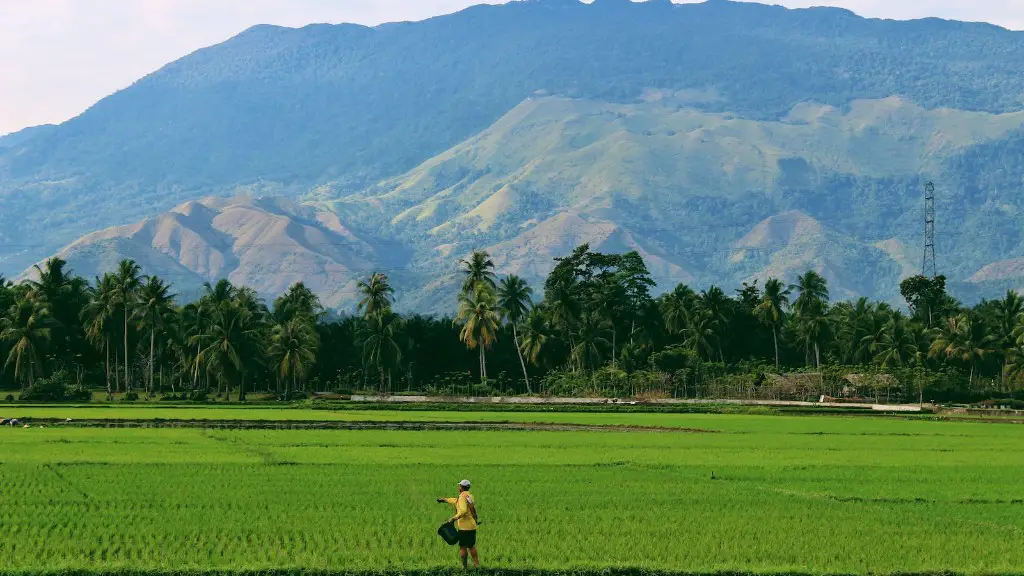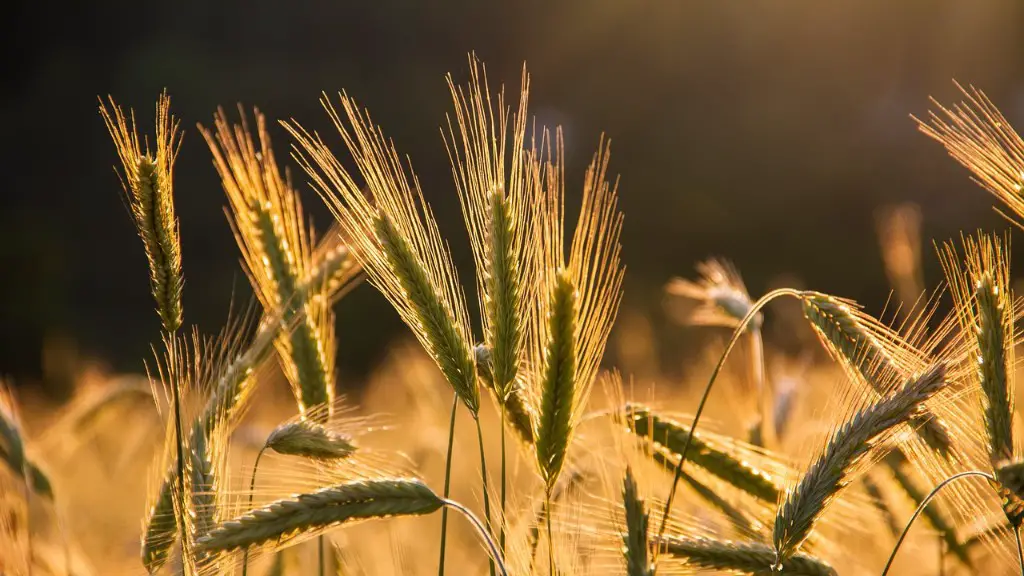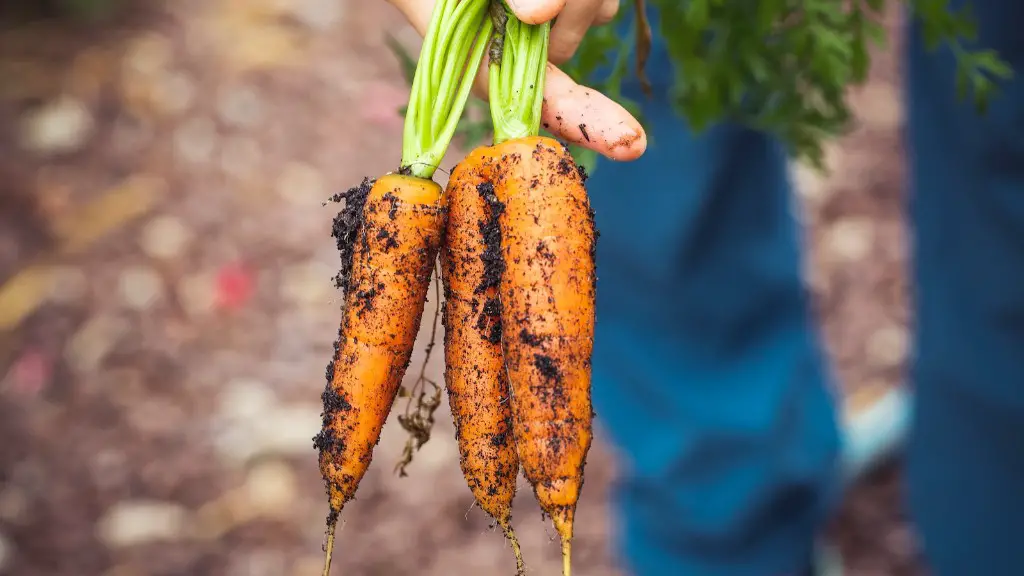Agricultural materials encompass a wide range of components essential to the farming and husbandry process. These comprise materials necessary for land preparation, tools and implements that are used for cultivating the soil and harvesting the crops, structures and infrastructures including water reservoirs and irrigation canals, and many others. When discussing agricultural materials, one must consider the type of agriculture relevant and the region in which it is practiced. Some of the primary materials used in agriculture are as follows.
The most commonly found material used in farming and gardening is soil. Soil is considered the base for all types of farming. It provides the base for roots to penetrate and absorb water, nutrients and minerals that are fundamental for the growth of cash crops, grains and vegetables. Soil also provides the necessary medium for the decomposition of the food materials used in farming. Manures, composts and fertilizers are applied to the soil in order to increase the crop production.
Water is another essential material used in agricultural operations. It serves to irrigate crops as well as to maintain the humidity levels in the soil. In addition, water is essential to prevent the soil from becoming hard and dry which affects the crop growth. In arid areas, water is mainly derived from underground aquifers and ponds. In other areas, irrigation canals, water tanks, sprinklers, pumps and wells are used for obtaining water for agricultural purposes.
Seeds are among the most important modern materials used in agriculture. Seeds are used for the production of various cash crops, vegetables and grains. These vary greatly according to the type of agriculture practiced, the climate and soil conditions, and the geographical location of the area. At present, farmers utilize a wide range of seeds obtained from both local and foreign sources.
Nutrients are also essential materials used in farming operations. These include chemical and organic fertilizers, manures and composts. Chemical fertilizers provide nutrients in an easily assimilable form to the crops whereas manures and composts are ultimately converted into nutrients suitable for crop growth. Fertilizers and manures also help to maintain soil fertility and increase crop yields.
Tools, implements and machines are among the most important materials used in modern agriculture. These are used for plowing the soil, harvesting the crops, irrigating the farms, and many other activities. Mechanized tools used for larger lands and high yielding crops include tractors and harvesters. Weed implements such as hoes and rakes are used for managing the weeds and maintaining the health of the crops.
Finally, structures and infrastructures are also important components of modern farming. These include water reservoirs for irrigation, canals for diverting water to the farms, and windbreaks for protecting the crops from wind damage. Structures like fences, shelters, stores and sheds are also used in agricultural structures to store tools and supplies and to protect the crops.
Types of Soil
The type of soil is an essential factor that determines the types of agricultural materials used in the region. The most common types of soil found in agricultural regions include sandy soil, clay soil, loamy soil, silt soil and peat soil. Each type of soil has unique properties and characteristics that influence the crop production, soil structure, nutrient leaching and overall health of agricultural lands. Sandy soils are found in regions prone to drought and need frequent irrigation for maintaining the soil moisture. Clay soils contain an excessive amount of clay particles and are usually more compact than sandy soils. On the other hand, loamy soils contain the optimal proportions of all the components and promote the growth of the crops. Silt soils are composed primarily of silt particles and are ideal for planting various cash crops and vegetables. Peat soils are present in regions with low temperatures and high humdity. These soils require regular irrigation and also need proper drainage so that standing water does not hamper crop production.
Preparation of Soil for Agriculture
The preparation of soil for agriculture is a critical factor that influences crop production. The most common approach is to till the soil or plow it with a plow or harrow. This helps to mix the soil components and when combined with fertilizers and manures helps to improve the soil fertility. In areas with high clay content, tilling the soil helps to aggregate the clay particles and provide better drainage, consequently improving the crop growth. In certain areas, soil needs to be levelled in order to reduce water stagnation and improve crop productivity.
Irrigation in Agriculture
Irrigation is a crucial component of agricultural operations. Primary sources of water for irrigation include underground aquifers, rivers and dams, water tanks, deep wells and water canals. In recent years, the usage of sprinkler and drip irrigation systems have increased significantly due to water conservation, improved crop yield and enhanced agricultural operations. Irrigation also helps to maintain the soil moisture and prevent crop diseases caused by over-drying of the soil.
Use of Fertilizers in Agriculture
Fertilizers are essential materials used in agricultural operations. These consist of chemical and organic materials used to supplement the nutrients in the soil and promote crop productivity. Chemical fertilizers are generally composed of nitrogen, phosphorus and potassium and are easily assimilable by the crops. Manures and composts are organic materials derived from animal waste, crop residues and decomposed organic matter. These materials help to improve the structure and texture of the soil, maintain soil fertility and increase crop productivity.
Mining and Harvesting Equipment
Mining and harvesting machines and tools are essential components of agricultural machinery. These include harvesters, plows, tractors, tractors, bulldozers, wheel loaders and transport vehicles used for loading and hauling the harvested crops. With the onset of mechanization, modern equipment such as combines, tractors and other harvesting machines are widely used for efficient crop harvesting.
Storage Facilities in Agriculture
Storage facilities including grain bins, silos, stores and barns are essential components of agricultural operations. These provide the necessary space for storing harvested crops, farm tools, fertilizers and manures, and many other materials. In arid regions, these facilities also function as windbreaks to protect the crops from damage due to strong winds. In addition, water tanks and reservoirs are used for storing water and for irrigation.



